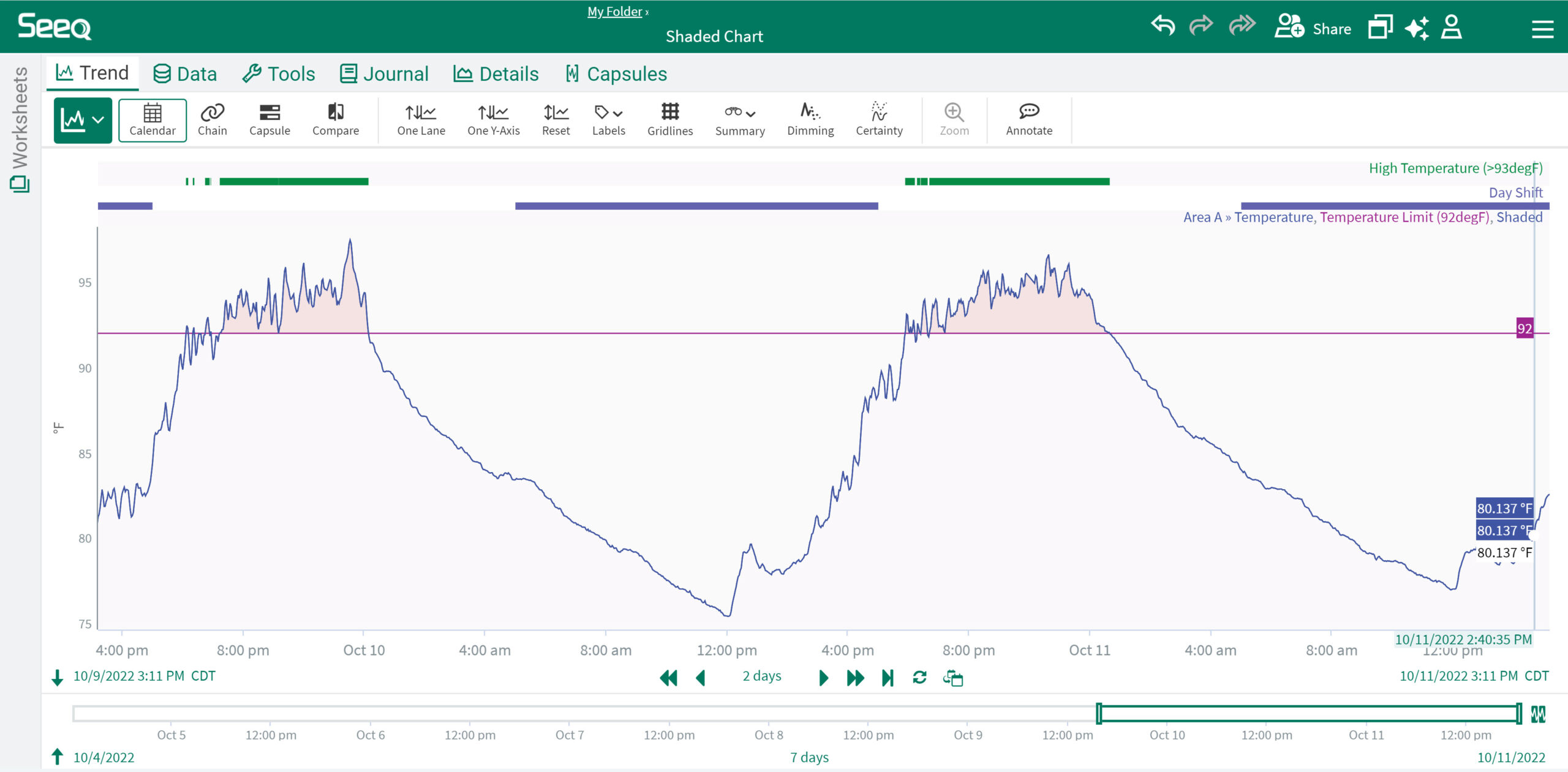In order to know if field techs are using their tools at optimum efficiency, you must first compare wrench performance to industry leading benchmarks.
All field service businesses know the value of keeping their mobile workforce as productive and efficient as possible. Yet, how close do these organizations come to achieving optimum levels of actual tools-in-hand productivity, and is there room for improvement?
Solving this conundrum requires an understanding of how typical wrench time performance measures up against industry leading benchmarks.
Global productivity and maintenance experts from varying industries agree that technicians typically spend a relatively small degree of time actually fixing and maintaining equipment. They maintain that more of a service employee’s day is spent, in total, engaged in other activities such as performing incidental or administrative tasks, waiting for something they need, or on break.
Here are four steps companies can take on the path to increased field productivity.
1. Evaluating work management life cycle
Those in management who believe they have a good handle on how productive their mobile workforce is may be in for a surprise. Sometimes, gauging productivity “on paper” through work orders, schedules, or materials used creates a rose-colored vision that can blur the reality of field measurement.
An in-depth examination of the entire work management life cycle will reveal both those day-to-day occurrences and pain points that tie the hands of a technician, rather than filling them with a tool. Here are some of the most common things that limit wrench time:
- Travel time to and from the work site, including excessive traveling between locations and problems with directions or traffic
- Waiting around for necessary parts, colleagues, tools, permits, work orders, supporting information, and more
- Poorly executed training sessions
- Meetings
- Administrative tasks
- Interruptions in workflow due to emergencies
- Breaks
- Set-up and clean-up time.
With input from team members across the board, an accurate and thorough analysis can be performed, and ideas and strategies can be explored to address many productivity gaps.
It’s important to know that productivity is most effectively achieved when it is managed across the entire operation of an enterprise. Examining the life cycle of processes from start to finish – including both planned work and emergencies – gains the most insight and reveals inefficiencies that create impediments to productivity.
2. Planning and scheduling
Planning and scheduling are the most critical areas to focus on when trying to optimize workflow and processes. The planning stage in particular is often where problems begin for several reasons. However, it is mostly due to antiquated methods of preparation and scheduling. In many cases, service organizations are still relying on manual methods for preparing schedules and managing field service operations: 52% in 2016.
While industry experts credit scheduling automation with a 60% increase in dispatch efficiency, manual scheduling methods are cumbersome and lack flexibility. With dynamic scheduling, a dispatcher uses real-time information to get the right tech, materials, equipment, and tools exactly where they’re needed in the field. To be sure, technology can play an important role in optimizing planning and scheduling processes. Yet to fully leverage its power, service organizations need to understand the principles of long-term strategic maintenance while building personal accountability into the process. The following should be considered:
- Jobs should be planned as far in advance as possible, using task lists and bills of materials
- Make sure everything a tech needs to complete a job – tools, permits, parts, materials – are in place before work commences
- Have a system to retain and share information inter-departmentally, preventing loss of knowledge with personnel changes
- Collaborate across the enterprise to implement processes and standardizing practices that garner support and cooperation from everyone
- Coordinate schedules that synchronize with jobs, production, and availability of assets
- Openly share schedules so that field techs are aware of what they need ahead of time.
3. The value of training
Improving the skills sets of field technicians improves productivity greatly and increases customer service to boot. What might otherwise take an additional technician on a separate maintenance appointment could be accomplished by one multi-skilled tech the first time. This not only increases profitability for the service organization, it avoids what the Aberdeen Group reports as customers’ main complaint: service not being rendered sufficiently on the initial appointment.
Also, senior level technicians mentoring apprentices and junior employees not only boosts present-day productivity, but eliminates any gap in skills once those aging techs retire. It is a natural training opportunity that fills both short term and long-term needs.
4. Put the “tech” in technology
While the front-end profitability benefits of field service scheduling software have been covered here, the opportunity to leverage asset management technology, sophisticated reporting, automated administrative tasks, and more should not be overlooked.
Advanced software solutions allow the entire enterprise to harness the power of technology to manage, schedule, track, and control all phases of the work life cycle with real-time transparency and all the advantages of digital technology.
Administrative and tedious tasks and processes–normally taking hours of wrench time away from techs–become easy and convenient with field service software, getting techs back to “applying maintenance to equipment” faster, for longer periods of time.
Management leads the charge with laser focus
Despite what some may believe, the responsibility of increasing productivity lies squarely on the shoulders of management. To bring about change and create new models of efficiency, management must take the initiative to find new ways to work smarter, not harder.
Service technicians crave more wrench time. Empower them with the tools, support, and streamlined procedures they need to get back to what they do best: fix stuff.
Mike Pandl is a content marketer for MSI Data, a CFE Media content partner. This article originally appeared on MSI Data’s website.



